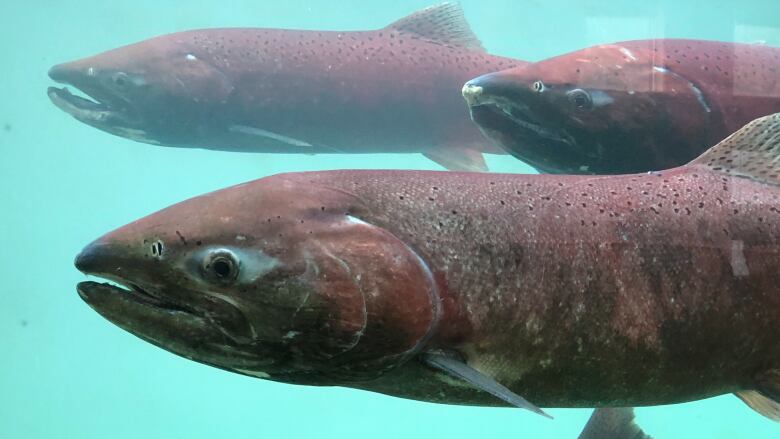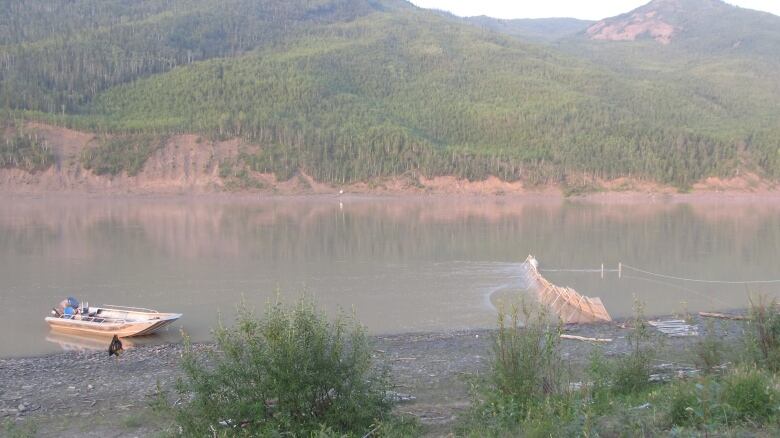No chinook fishing this year on Yukon River, committee advises
Number of chinook reaching Yukon from Alaska is expected to be lower than previous minimum

The Yukon Salmon Sub-Committee is recommending against any chinook salmon fishing by First Nations on the Yukon River and its tributaries this year, citing the unusually low number of fish making it upriver.
On Tuesday, the advisory body said in a news release that the number of chinookexpected to make it into Yukon from Alaska is well below the annual average.
"The in-season counts from Eagle Sonar, located in Alaska near the Yukon border, indicate that we are not going to meet, and may not approach, the spawning escapement goal minimum of 42,500 chinook," the release reads.
The most recentestimatewas for 28,547 adult chinook to reach Yukon a little more than half the annual average of 55,017 fish.
This year's estimate is also just below the previous minimum of 28,710 fish.
Yukon River chinook runs have been in general decline in recent decades. The last few years have seen total annual runs averaging about 73,000 fish, compared to runs averaging around 158,000 in the 1990s.
Last year, the Whitehorse fish ladder saw the lowest number of chinook since 1977.
Al von Finster, vice-chair of the Yukon Salmon Sub-Committee, said last week that this year's numbers at Eagle sonar weren't expected to be quiteso low.

"COVID[-19] really affected the management of salmon we couldn't meet with the Americans this spring, which we normally do, but we asked them to cut down on their fisheries, so the length of time that they fish each week," von Finster said.
"The Americans did more or less what we asked them to, so we thought we'd be able to get the agreed upon escapement over the border."
Last month, Alaska officials warned that the numbers would be low this year.
Von Finster said one factor keeping numbers down this year may have been high water levels on the river.
"Usually waters go up in the springtimeand they go down in the summer, and theremight be a blip or two. This year the waters came up in the spring and they stayed high all summer long," he said.
"And the fish have to fight against that."
With files from Dave White












_(720p).jpg)


 OFFICIAL HD MUSIC VIDEO.jpg)
.jpg)



























































































